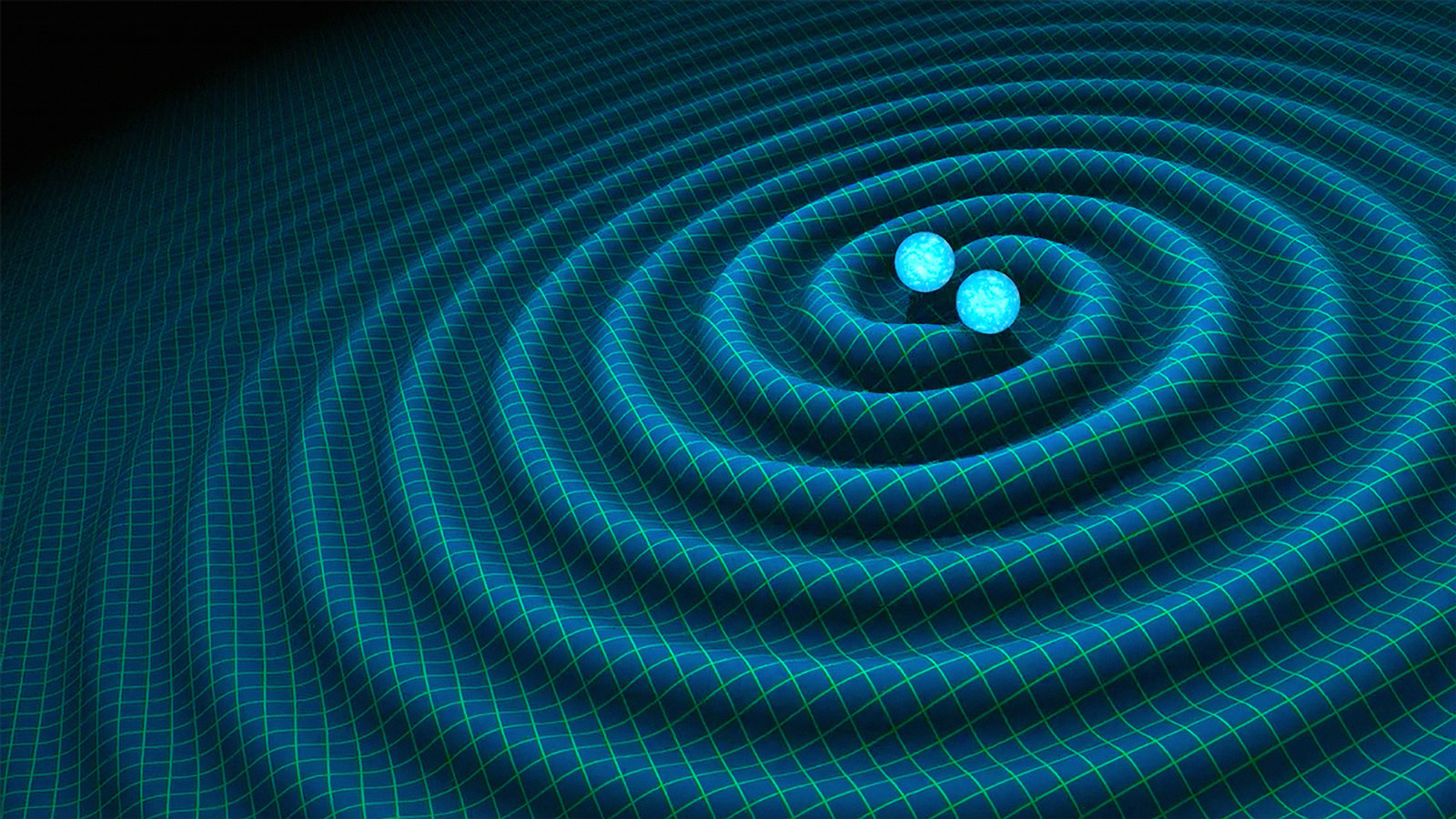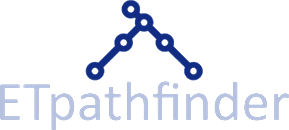E-TEST & ETpathfinder – differences, synergies and complementarities
In the frame of the development of the full Einstein Telescope, E-TEST and ETpathfinder are two independent but very complementary building blocks. The focus of both projects is clearly different:
- ETpathfinder (03.06.2019 – 31.12.2022): Construction of a long-term Infrastructure for testing future gravitational-wave detector technologies and concepts in a complete interferometer within an ET-like environment.

- E-TEST (01.02.2020 – 31.12.2023): Development of technology for the Einstein Telescope in two separated domains:
1- Geological exploration and analysis of Euregio Meuse-Rhine region and determining the optimal site to implement the Einstein Telescope at 250 meters under the ground surface.
2- Development of advanced concepts for optics, cryogenics and seismic isolation. The technologies will be validated/demonstrated in relevant environment at the CSL ULiège (end TRL5/ beginning TRL6).
Both initiatives can be seen as the development of expertise centers to make the links between gravitational-wave science, its technological aspects and the huge number of economical actors involved into such development, present in the Euregio Meuse-Rhine.
The main difference between the two projects, apart from the geological part which is unique to E-TEST, is that ETpathfinder results in a full facility laser-interferometer that can be used by knowledge institutes and (SME) companies for developing and testing new technologies. On the other side E-TEST will result in a prototype in a vacuum chamber and optical instruments working at 25 Kelvin , close to the absolute zero (much colder than the 120 Kelvin foreseen for ETpathfinder). Knowledge institutes and companies can use E-TEST results to develop and test new products or gain new insights/knowledge.
Due to their complementarity, both projects will work in synergy. Moreover, at the end, the outputs of both will be merged and implemented into the ET. The region will gain a massive competitive edge in this field via E-TEST and ETpathfinder.
EMR based companies can use this advantage to create and deliver products and services to Einstein Telescope, even if Einstein Telescope could not be built in the Euregio Meuse-Rhine.
ET2SMEs
ET2SMEs (01.03.2021 – 31.12.2023): maximising the economic and social impact of the implementation of the Einstein telescope in the Euregio Meuse-Rhine.
This project has started on March 1st 2021.
It’s aim is the promotion of cooperation between SMEs, large companies and R&D institutions that deal with ET-relevant key technologies in a broad understanding and towards multiple application fields by initiating SME-driven cross-border R&D projects.
The ET2SMEs value chain is the following one:

ET2SMEs provides to companies:
- a professional online mapping of all SMEs, companies but also research centers and Universities in the Euregio Meuse-Rhine, and later on a mapping on a 3D model of the Einstein telescope in function of the technology needed.
- Networking and consortia building: company visits, organization of technology workshops, participation to big fairs
- innovation vouchers worth between €25,000 and €50,000 for high-quality R&D projects on ET-relevant technologies launched across borders by at least two companies, including one SME.
- opportunity to participate in an ET Industrial Advisory Board, jointly organized by E-TEST, ETpathfinder & ET2SMEs, between companies and research, for the large-scale installation, as a dialogue partner and advisor, now and in the years to come.





